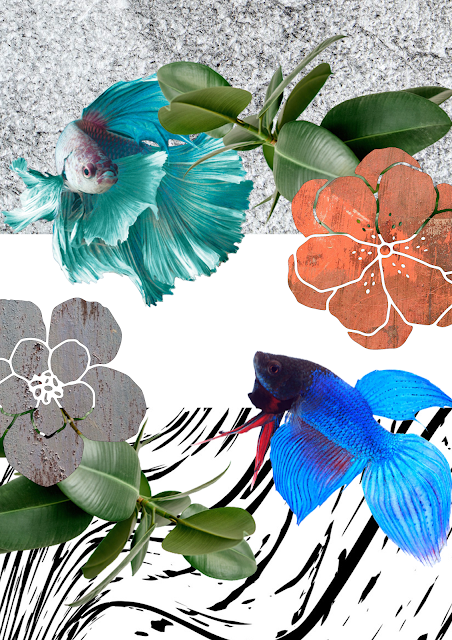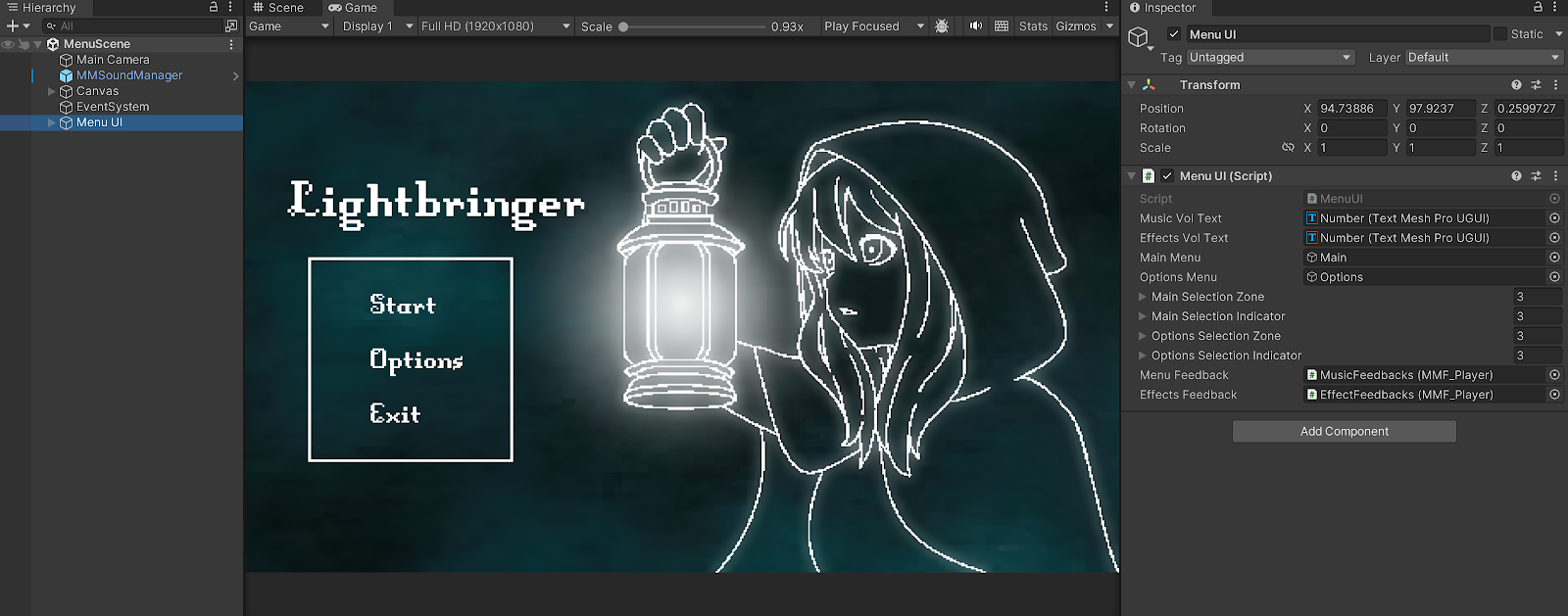Digital Photography and Imaging / Week 3
17.04.23 / Week 3
Name: ALYSSA AISYAH BINTI 'ARIEF NASRAN (0364017)
Name: ALYSSA AISYAH BINTI 'ARIEF NASRAN (0364017)
BDCM
Digital Photography and Imaging (GCD61204) / Section 1
LECTURES
Introduction to Photoshop
Introduction
In this weeks lecture, we were introduced to Adobe Photoshop as the main program we were to use for our assignments in this module and some of its functionalities + tools, highlighting 3 of the main basic tools we would be using regularly.
- Lasso Tool: Used to draw freehand selections to manually select specific areas of an image.
- Pen Tool: Allows the user to create paths and shapes which can be duplicated and manipulated to create complex selections, masks and objects.
- Layering: Gives the ability to work non-destructively by stacking images on top of other images without interacting and mixing the pixels of images.
- Tool Box: Where Photoshop holds the many tools we have to work with
- Marquee Selection Tools: The basic selection tool that can select Photoshop layers in several shapes, like rectangle, ellipse, single-pixel vertical and horizontal line, square, and circle, etc
The Lasso Tool allow you to draw and pinpoint specific areas of a document. It is similar to drawing with pencil and paper or cutting and pasting objects from a photo.
To use the Lasso Tool, click on it from the Toolbar, and three different tool options will appear:
- Lasso
- Polygonal Lasso
- Magnetic Lasso
From there, you may pick which specific Lasso Tool you want to use. The Lasso Tool is great to use with a graphic tablet because it is similar to a pencil. Unlike a mouse or trackpad, a graphic tablet can give a better flow when drawing and making selections.
Pen Tool
When it comes to actually creating a path from scratch, the pen tool is the most common option.
The pen tool is the way that you add these points and the way you drag the tool as you create the points determines how they will look. The fewer points, the smoother a path will be.
There are 4 variations of the Pen Tool when creating paths
- Straight line paths
- U shaped curves
- Simple S curves
- Complex S curves
A great way to familiarize oneself with the Pen Tool is by playing the Bezier Game as it is a fun way to train graphic designers in learning about the Bézier curve and how create more efficient solutions for my outlines using less control points.
Lasso Tool vs Pen Tool
The pen tool is a versatile tool in Photoshop that can be used to create extremely precise shapes and paths, using manually placed anchor points.
Although commonly used to make selections, the pen tool was not natively made as a “selection tool”
Layering
Layers are different images stacked on top of each other.
You can use each layer without affecting another one to make adjustments, together they form one final image. The advantage of using Layers is that you can save a Photoshop file with all the layers included. This means you can use layers for non-destructive editing which means your adjustments in Photoshop will never destroy the original image.
The layers contain all the extra information and/ or images you want to add to the original file.
TUTORIAL
Paths, Masking, Layering
Paths Masking Layering
In this weeks tutorial, we were taught how to use paths, masking, layering, and additionally the blending mode as part of our digital collage assignment and given a demonstration on how to successfully compose a digital collage in Adobe Photoshop.
Paths
Paths are vector-based line drawings. A path is made up of any number of line segments connected by anchor points that can be straight, curved, or a combination of the two. For something to be a path, it has to be closed, so each anchor point has to be connected to another one.
There are several ways to create a path:
- Pen tool
- Shapes tool
- Create as a path
Layer masking is a nondestructive way to hide parts of an image or layer without erasing them. They’re great for making image composites, modifying background colors, removing or cutting out objects, and targeting your edits so they affect only certain areas, rather than the entire layer.
- Pixel Masks
- Vector Masks
- Quick Masks
- Clipping Masks
- Clipping Paths
As stated above in the lecture, layers are different images stacked on top of each other, thus you can use each layer without affecting another one to make adjustments. To create a layer, simply choose new layers from the layers panel menu.
There are two types of layers:
- Locked
- Unlocked
INSTRUCTIONS
PRACTICAL
Explaining Pinterest Designs
In this week's practical, like the physical collage, we were instructed to create 3 different compositions using images provided to us in Photoshop.
I first started out by cutting/cropping all of the images accordingly, once I had done this, I then arranged my 3 different compositions.
Composition #1
Fig 1.0
In the first composition I have arranged the buildings on the top and bottom parrallel to each other to give the effect of 'mirroring', I then placed the projector onto the typewriter, and had the image of the 3 people coming out from the direction of the projector as if it were really 'projecting' an image. Lastly, using the shape tool I masked the pattern images into circles to place behind the projector, people, bottom building, and typewriter so those elements would stand out more and be the main focus.Composition #2
Fig 1.1
For the second composition I have used the pattern images on the top and bottom of the composition as the background, then, using the shape tool, I created some flowers and masked the other image patterns available onto it, and added the leaf in as it made sense with the flowers, repeating this on the top and bottom, throughout the whole image, I tried to mirror the top and bottom elements in the opposite direction of each other at the same time only with some different images. As a final step, I then added in the fishes facing towards each other as if there were swimming to each other and in the same tank.
Composition #3
Fig 1.2
For the last composition I have decided to play around with the perspective more by making the street appear from the bottom to the top, having the blue building coming out from the corner, while the projector blends the beige building on the top with the blue building on the bottom acting as a "bridge". The composition still felt a bit empty however, and although I wanted to have some white space, it was too overwhelming, thus I added in the fishes to fill the gap where the background pattern meets the street.





Comments
Post a Comment